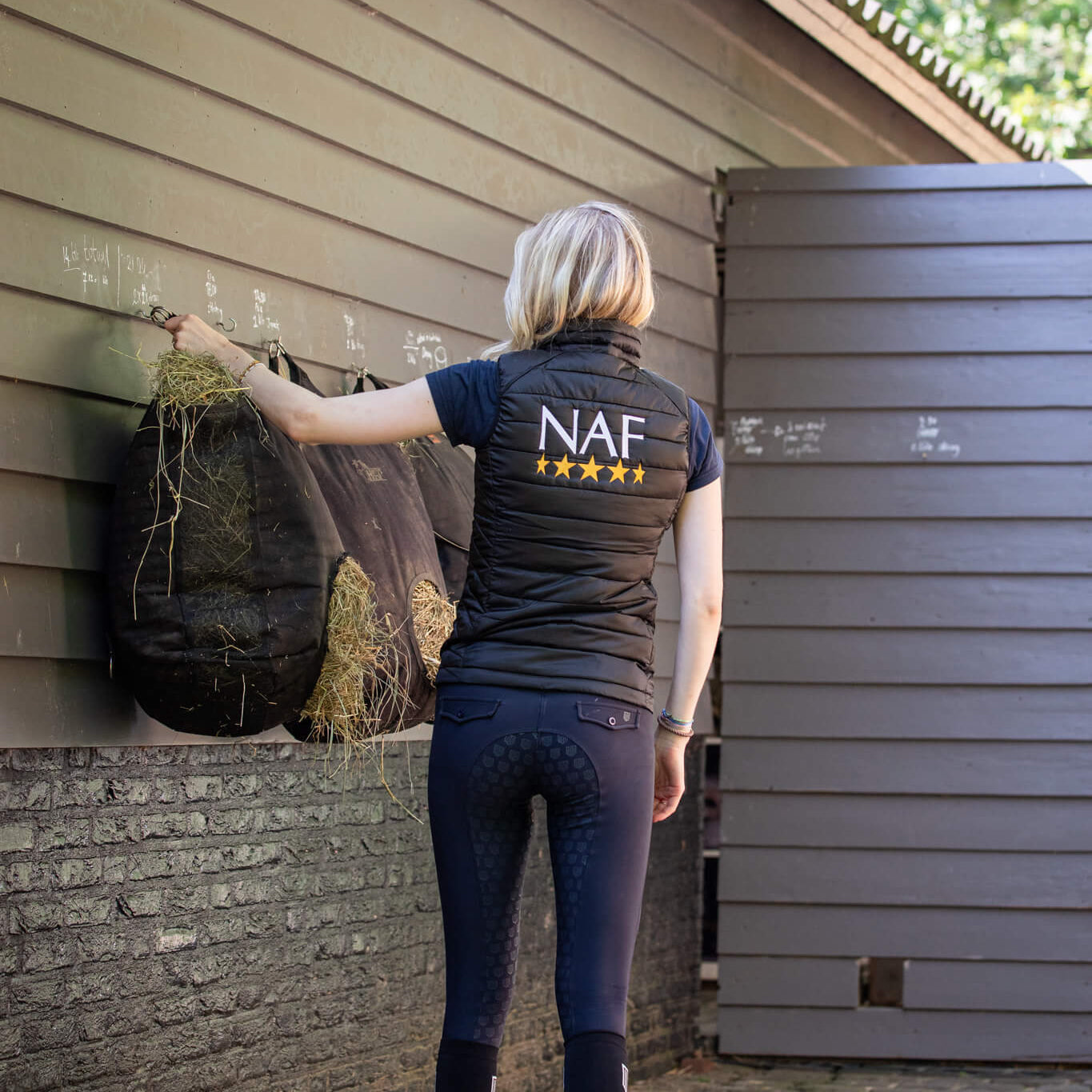Soaking hay before feeding is a common practice in horse management. But why do we do it, and what are the benefits and risks? This guide explains how hay soaking can improve dust control, reduce sugars, and support the health of your horse or pony.
Why Soak Hay for Horses?
Dust Control
For dust sensitive horses soaking can help control dust and fungal spores in the hay. Contrary to what we might think, the idea is not to wash the dust out, but to simply swell the spores to a size that they are swallowed rather than inhaled. For this reason it’s important to feed the hay immediately after draining it, and not to allow it to dry out again before feeding.
Steaming is also a good option for dust control.
Reducing Sugar Content
For good do-ers, those with EMS or prone to laminitis, soaking hay can be a very useful tool in reducing sugars in the hay before feeding. This allows us to still feed a high fibre, natural trickle-feed diet – ideally with ad-lib forage – but whilst significantly lowering the risk of weight gain from excess feed.
Soaking time matters!
When choosing a soak time there are a few things to consider. Ideally you want as short a soak time as possible, but to still sufficient to reduce sugars. The optimum time for you will depend on the weather, the water available and your horse’s requirements.
Research suggests that the more water to hay you can use, the more efficient the leaching of sugars (WSC) will be. However, of course, it is important to be aware of water use, and using large vats of water is not always practical or environmentally sustainable. If possible, try to harvest rainwater as an ideal source of clean water for your hay soaking. Remember to always use fresh water for every soak or you risk a build up of harmful microbial contamination.
-
30 - 60 minutes Will reduce sugar levels, with minimal quality and dry matter (DM) loss. Particularly effective if you can use warm water (~16oC) or if the weather is warm. This is a good length of time to start with for hay soaking. If your horse needs to lose weight and isn’t doing so, then increasing the time will increase the sugar loss.
- 6-8 hours May be necessary, particularly in colder weather to maximise sugar loss. Be aware that you may need to feed more hay to compensate for DM loss. Also that the risk of hygiene issues increases at this length of soak, particularly in warm conditions.
- 9+ hours Increases the risk of microbial contamination, and should only be done under very strict hygiene conditions. If you can’t avoid soaking for this long consider following it with a 50 minute steam, as research shows that helps with microbial control.
Straw as an Alternative
Either alongside, or as an alternative, you can also consider including good quality straw in the diet. Straw has much lower levels of sugar (WSC), and also typically extends feeding time for horses and ponies.
Straw shouldn’t be fed as the only forage, as that approach can increase risks of gastric ulcers. However, it works well when mixed with other forage, and research shows a real benefit for insulin dysregulated (ID) horses when feeding straw and haylage on a 50:50 mix.
Ideally use chopped, dust-extracted straw, though it is possible to soak straw if necessary.
Balancing the Diet
Remember that any forage only diet will be deficient in micronutrients – even without the effect of soaking. As nutrients are lost over time in the soak, it is even more important to ensure you include a broad-spectrum multi-vitamin and mineral to ensure the diet is balanced.
Our range of Balancers helps you find a product suitable for your horse.
Top Tips for Safe Hay Treatment
- Use clean water with every soak
- A higher water to forage ratio will maximise the sugar loss - use clean fresh rainwater where possible to support sustainability
- Feed hay promptly ideally immediately after draining or steaming
- Clean all buckets and equipment after use
References
- Jansson A, Harris P, Davey SL, Luthersson N, Ragnarsson S, Ringmark S. Straw as an Alternative to Grass Forage in Horses-Effects on Post-Prandial Metabolic Profile, Energy Intake, Behaviour and Gastric Ulceration. Animals (Basel).
- Moore-Colyer MJ, Lumbis K, Longland A, Harris P. The effect of five different wetting treatments on the nutrient content and microbial concentration in hay for horses. PLoS One. 2014 Nov 26;9(11):e114079.
Written by: Kate Hore, Head Nutritionist. RNutr (Animal), R.Anim.Technol (Cert), BSc(Hons). – Find out more about Kate and out Technical Team HERE.


